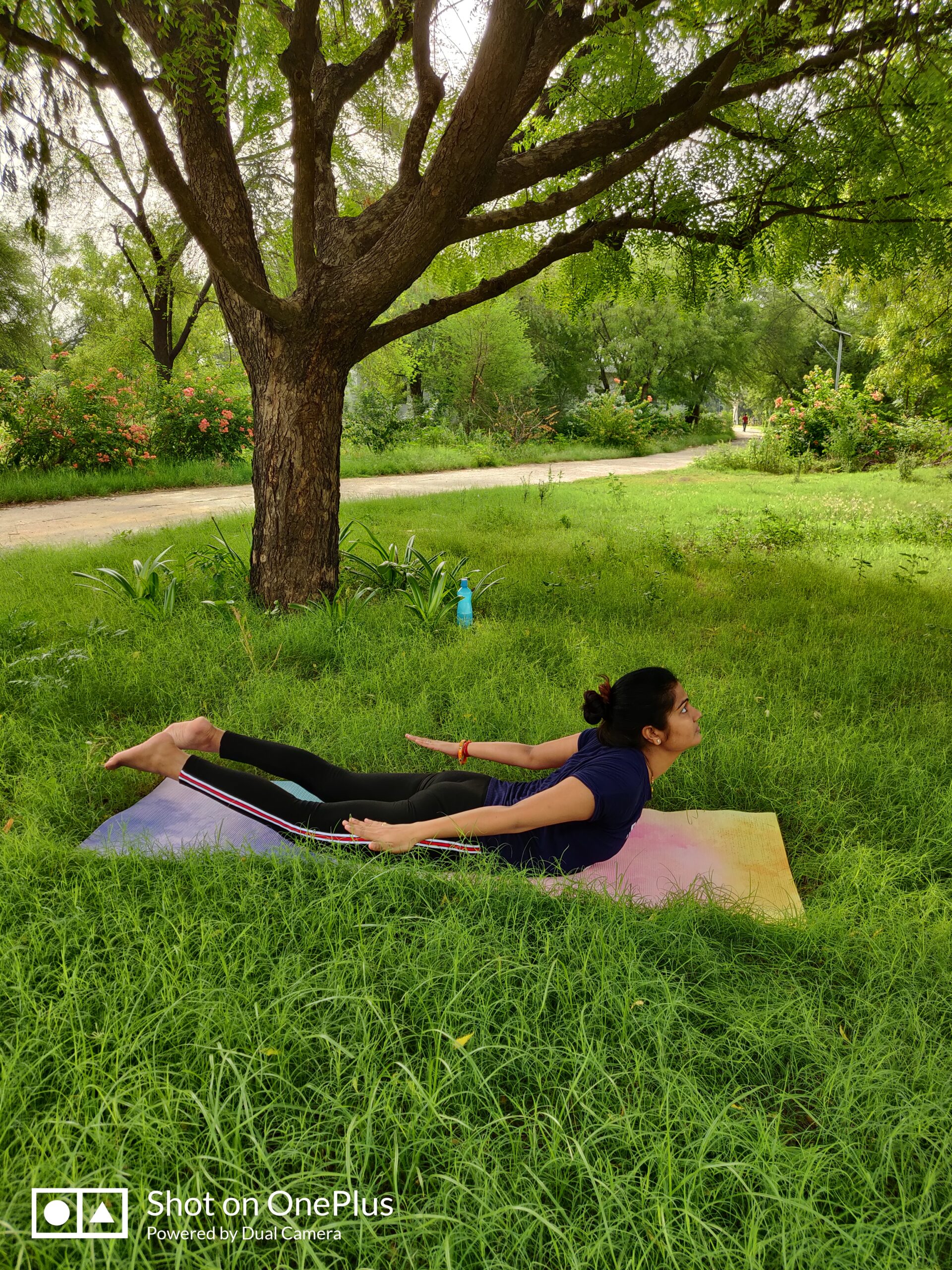Understanding Spinal Curvature: Deformities and Treatments:
The human spine is a remarkable structure that supports movement, protects the spinal cord, and maintains our posture. While natural spinal curves in the cervical, thoracic, and lumbar regions ensure flexibility and shock absorption, abnormal spinal curvatures can disrupt alignment and lead to a range of health issues.
This comprehensive guide explores spinal curvature deformities, their causes, symptoms, and treatment options, helping you make informed decisions for better spinal health.
Types of Spinal Curvature Deformities
Spinal deformities are classified based on the direction and degree of curvature. Below are the three most common types:
1. Scoliosis
Scoliosis is a sideways curvature of the spine, often in an “S” or “C” shape. It can occur in any part of the spine but is most common in the thoracic or lumbar regions.
- Symptoms:
- Uneven shoulders or hips.
- Prominent ribs on one side.
- Back pain or stiffness.
- Causes:
- Idiopathic: Most cases have no identifiable cause and develop during adolescence.
- Congenital: Caused by spinal deformities present at birth.
- Neuromuscular: Linked to conditions like cerebral palsy or muscular dystrophy.
2. Kyphosis
Kyphosis is an excessive forward rounding of the spine, often resulting in a hunched or slouched posture.
- Symptoms:
- Rounded upper back.
- Back pain, especially after prolonged activity.
- Stiffness and fatigue.
- Causes:
- Poor posture during adolescence (postural kyphosis).
- Spinal fractures due to osteoporosis.
- Congenital kyphosis caused by spinal malformation.
3. Lordosis
Lordosis refers to an exaggerated inward curve of the lumbar spine, commonly known as swayback.
- Symptoms:
- A pronounced lower back arch.
- Discomfort or pain in the lower back.
- Restricted movement in severe cases.
- Causes:
- Obesity, which shifts the body’s center of gravity.
- Pregnancy, temporarily affecting posture.
- Spondylolisthesis, where a vertebra slips out of place.
Common Symptoms of Spinal Curvature Deformities
Spinal curvature issues can manifest in various ways, including:
- Visible misalignment of the spine.
- Uneven shoulders, hips, or ribcage.
- Difficulty standing upright or walking.
- Chronic back or neck pain.
- Breathing difficulties in severe scoliosis cases.
Early detection is crucial to prevent progression and complications. Regular check-ups with a healthcare provider can help identify abnormalities.
Diagnosis of Spinal Curvature
To diagnose spinal curvature deformities, healthcare providers use a combination of:
- Physical Examination: Observing posture and performing the Adam’s forward bend test to check for asymmetry.
- Imaging Tests:
- X-rays: Assess the degree and type of curvature.
- MRI: Identifies underlying conditions affecting the spine.
- CT Scans: Provides detailed images for surgical planning.
- Cobb Angle Measurement: Determines the severity of the curvature.
Treatment Options for Spinal Curvature Deformities
Treatment depends on the type, severity, and progression of the condition. Below are the most common approaches:
1. Physical Therapy
Physical therapy aims to strengthen muscles supporting the spine and improve flexibility and posture.
- Exercises for Scoliosis: Side planks, Schroth method exercises.
- Exercises for Kyphosis: Posture correction drills, spinal extensions.
- Exercises for Lordosis: Core strengthening and pelvic tilts.
2. Bracing
Bracing is a non-invasive treatment used primarily for growing children with scoliosis. Modern braces are designed to be comfortable and discreet while preventing the curve from worsening.
3. Chiropractic Care
Chiropractic adjustments can provide relief from pain and improve mobility in some cases. However, they are most effective when combined with other treatments.
4. Surgical Intervention
Surgery is considered for severe curvatures or cases that do not respond to conservative treatment. Common procedures include:
- Spinal Fusion: Corrects curvature by fusing vertebrae together.
- Vertebral Body Tethering (VBT): A minimally invasive option for scoliosis.
- Kyphoplasty: Restores height and alignment in fractured vertebrae.
5. Lifestyle Modifications
Simple changes can support spine health and reduce the risk of complications:
- Maintain a healthy weight to minimize strain.
- Use ergonomic furniture to support proper posture.
- Avoid carrying heavy loads unevenly.
For More Read out: Manage Hypertension Naturally
Prevention and Spinal Health Maintenance
Preventing spinal curvature issues involves cultivating habits that support a healthy spine:
- Posture Awareness: Avoid slouching when sitting or standing.
- Regular Exercise: Engage in activities that strengthen core muscles and enhance flexibility.
- Balanced Diet: Include calcium and vitamin D-rich foods to maintain bone strength.
- Proper Lifting Techniques: Bend your knees and keep your back straight when lifting heavy objects.
Conclusion
Spinal curvature deformities can impact quality of life, but with early diagnosis and appropriate treatment, individuals can regain mobility, reduce pain, and improve posture. Whether through physical therapy, bracing, or lifestyle changes, there are numerous ways to support a healthier spine.
Prioritize your spinal health today—small adjustments can make a big difference over time.




